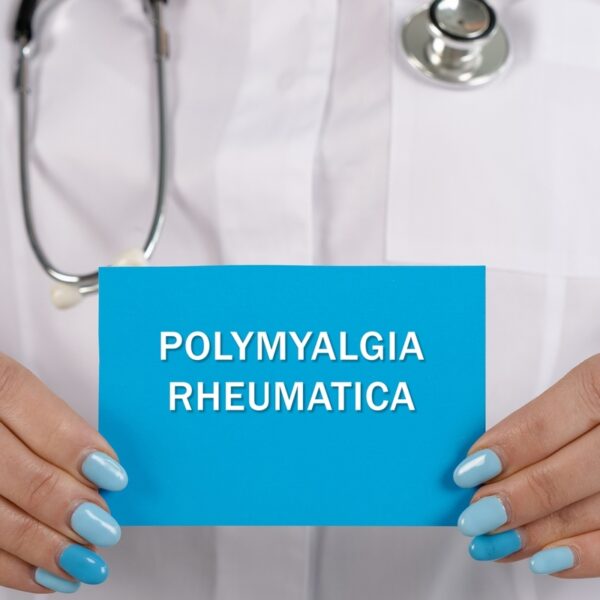
Understanding Pulmonary Fibrosis Stage 1: Early Detection and Management
Pulmonary fibrosis is a chronic lung disease characterized by the thickening and scarring of lung tissue, which can lead to severe respiratory issues over time. Early detection and management are crucial in mitigating the progression of the disease. This article delves into the specifics of pulmonary fibrosis stage 1, including its symptoms, diagnostic methods, and initial management strategies. Pulmonary fibrosis is a progressive lung disease that affects the interstitial tissue of the lungs, leading to scarring and stiffness. Stage 1 of pulmonary fibrosis is the earliest phase of the disease, where symptoms may be mild or even absent, making early detection challenging but essential for effective management. Understanding the nuances of this stage can help patients and healthcare providers take proactive steps to slow disease progression and maintain quality of life. Symptoms of Pulmonary Fibrosis Stage 1 In the initial stage of pulmonary fibrosis, symptoms are often subtle and may be mistaken for other respiratory conditions. Common symptoms include: – Shortness of Breath: Mild breathlessness, especially during physical activity. – Dry Cough: A persistent, non-productive cough that does not produce mucus. – Fatigue: Unexplained tiredness or lack of energy. – Mild Chest Discomfort: Occasional chest pain or discomfort. These symptoms can be easily overlooked or attributed to aging or other less serious conditions, underscoring the importance of awareness and vigilance.









